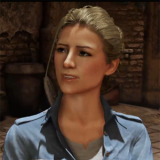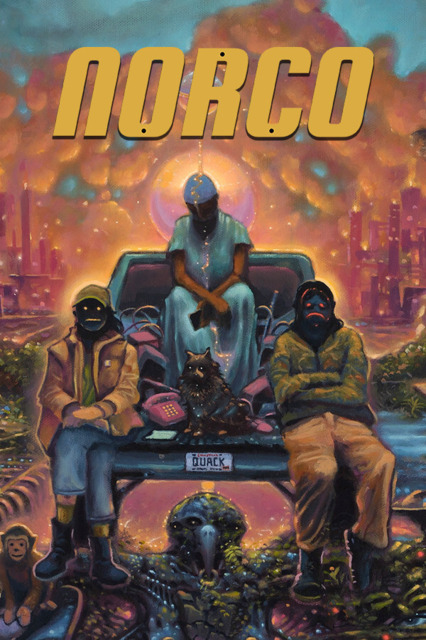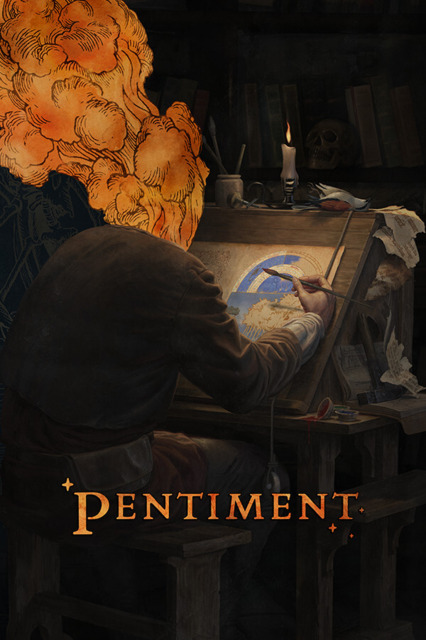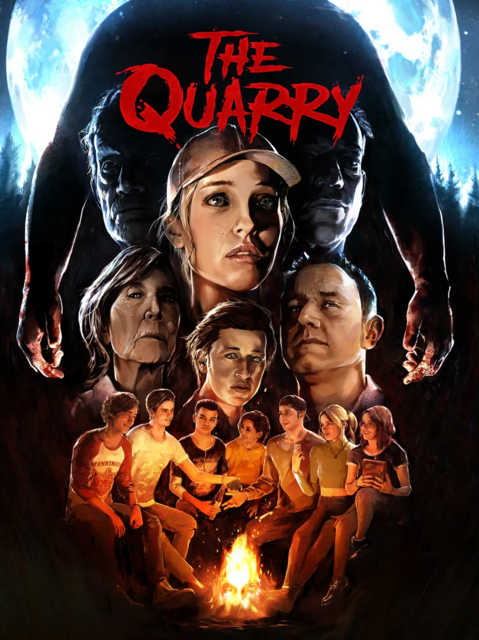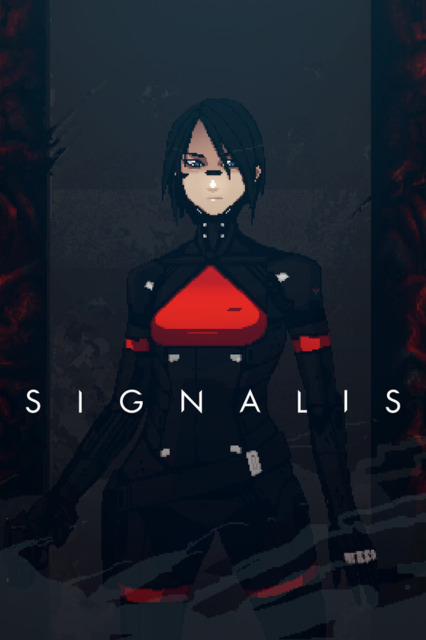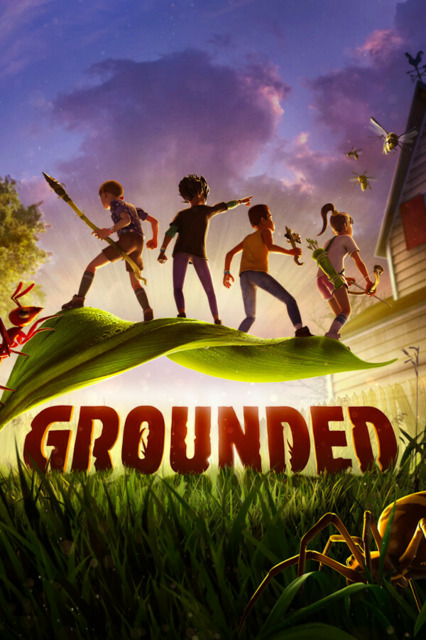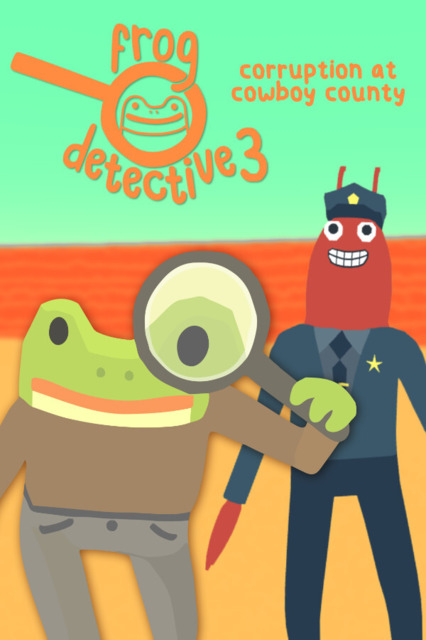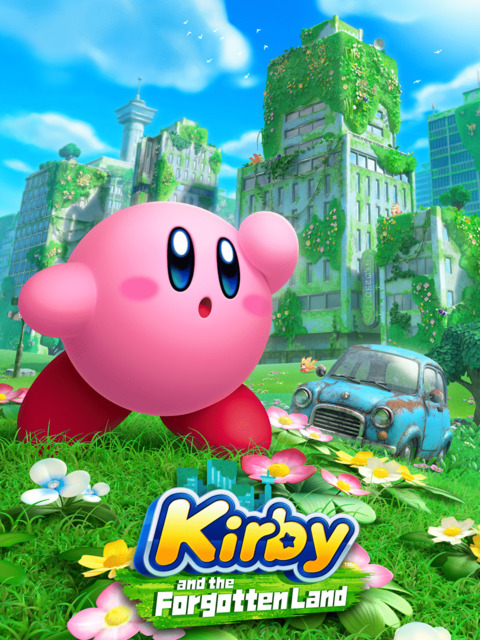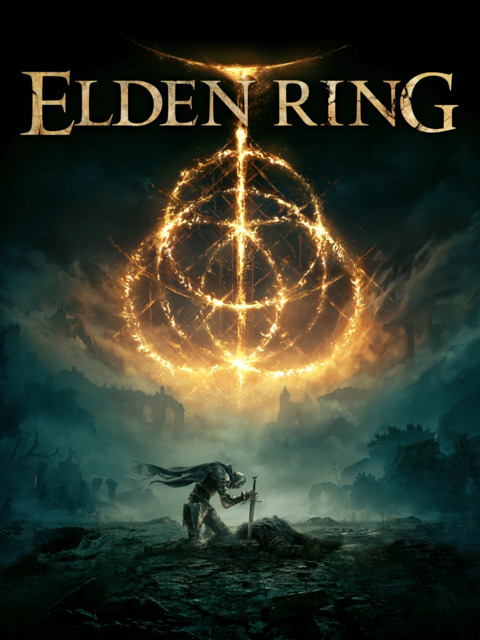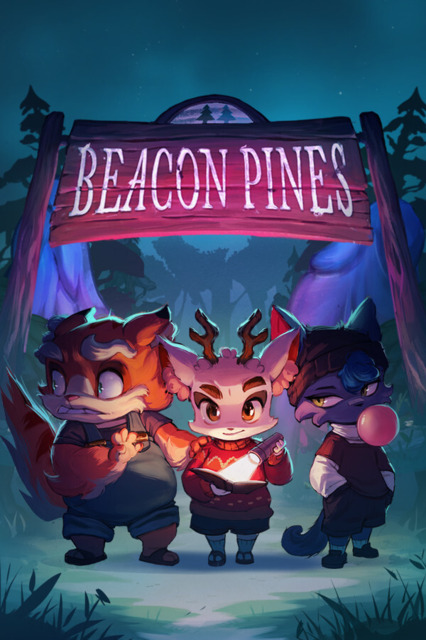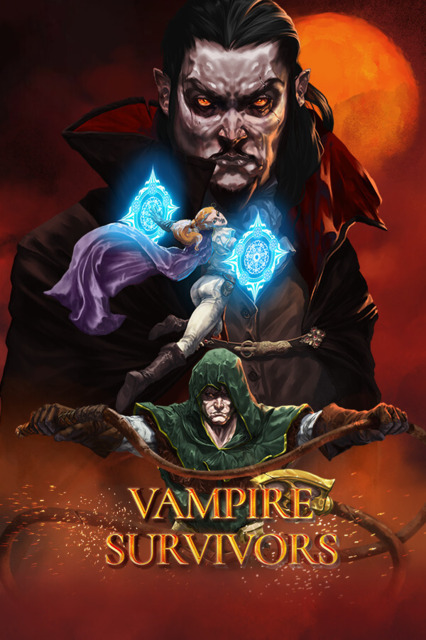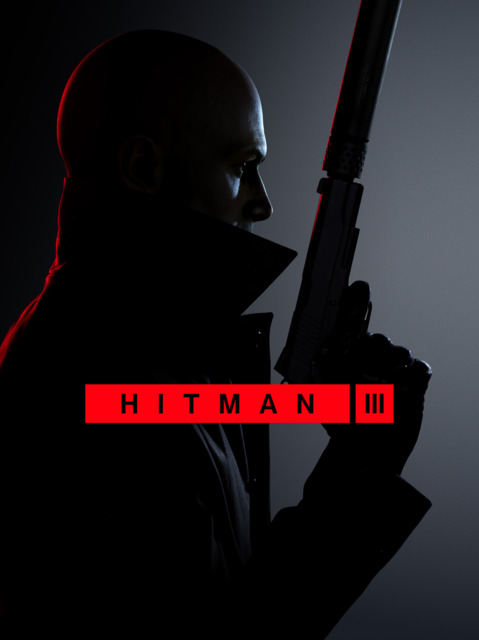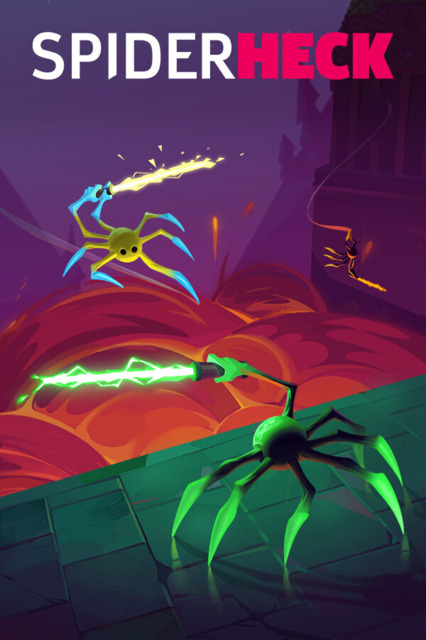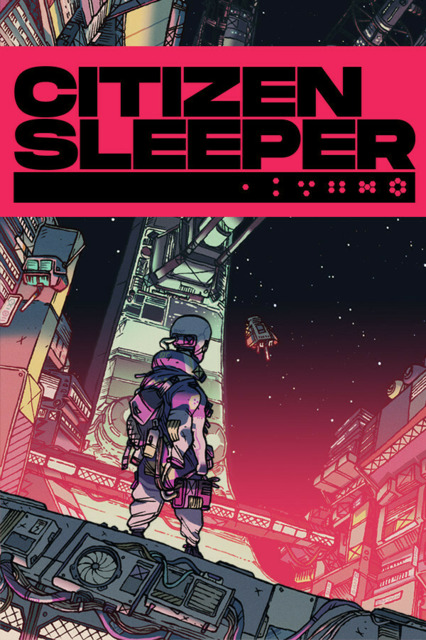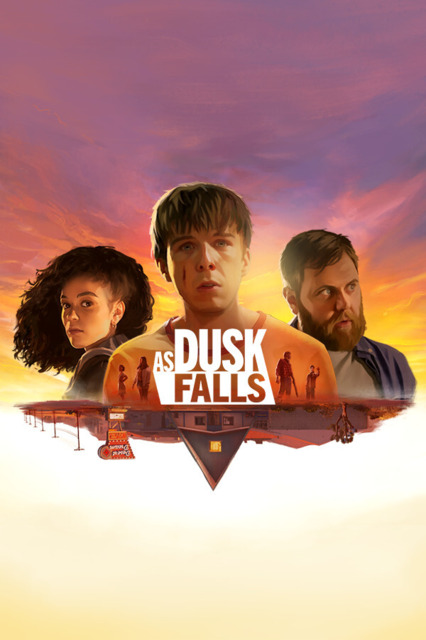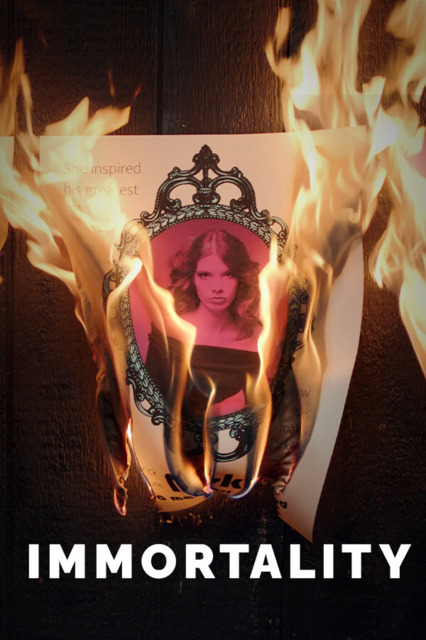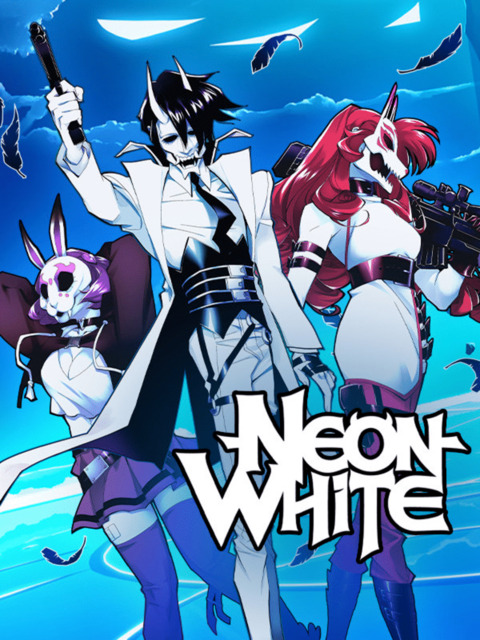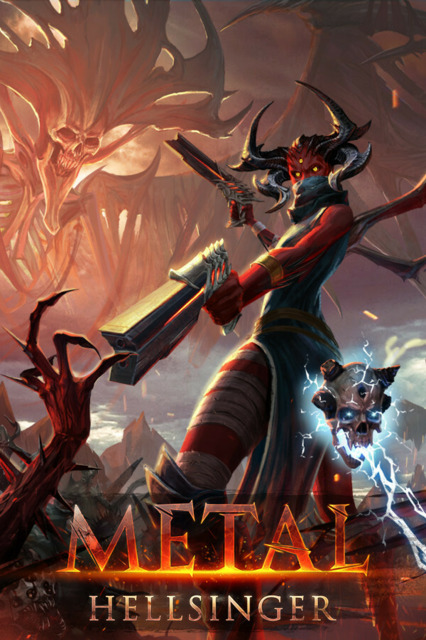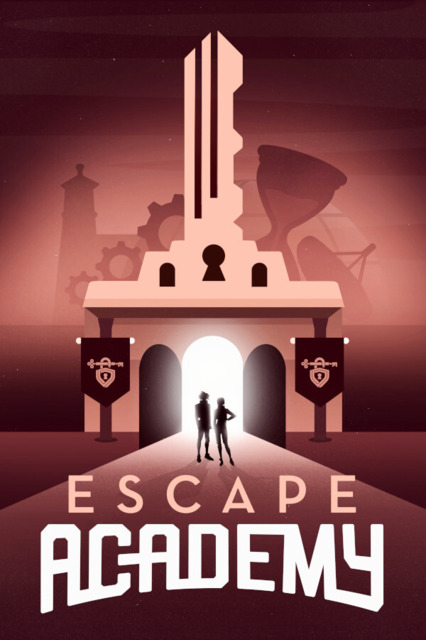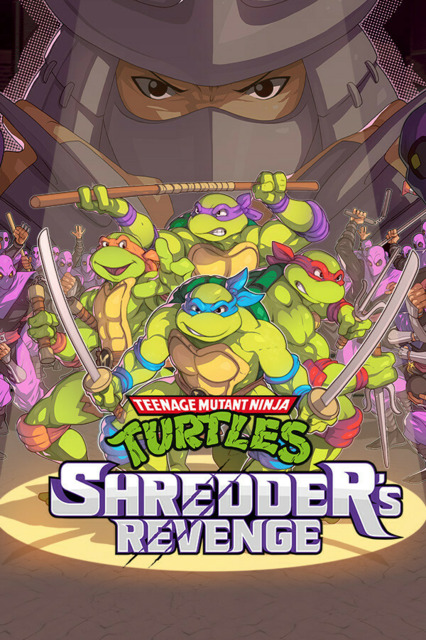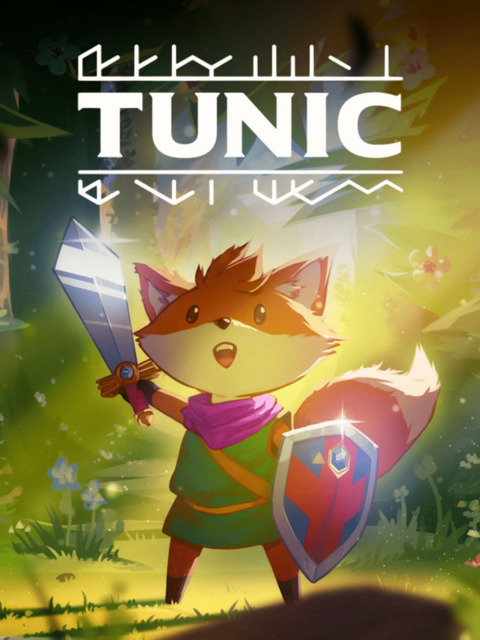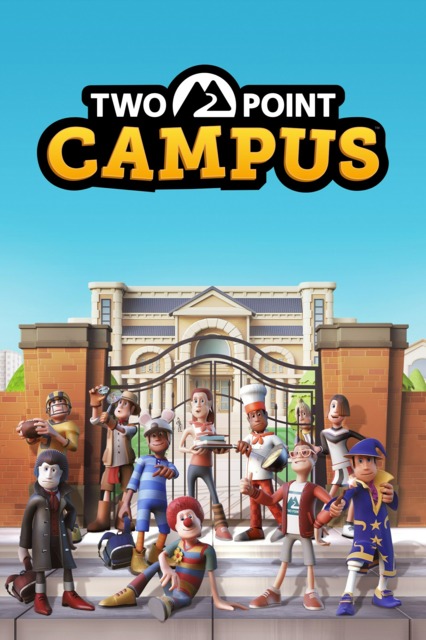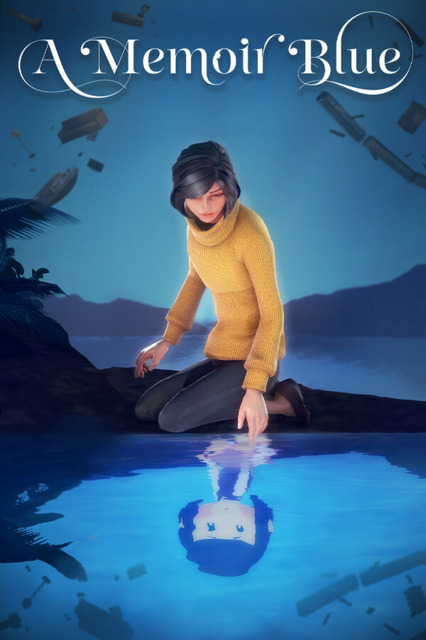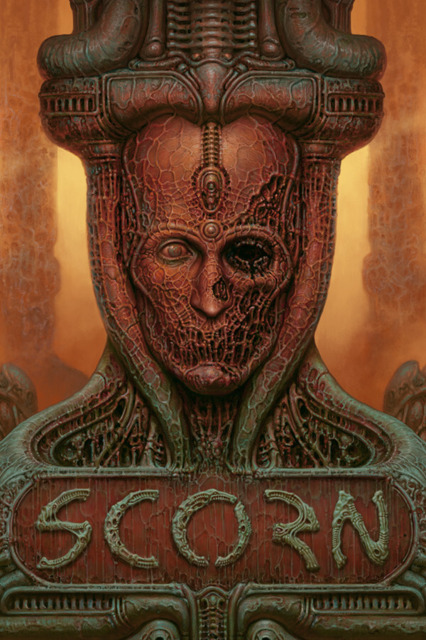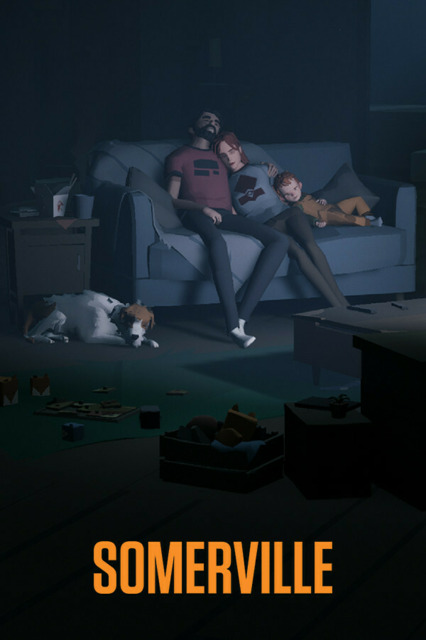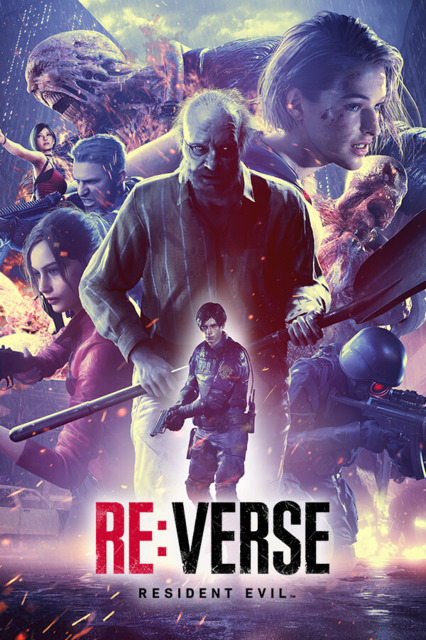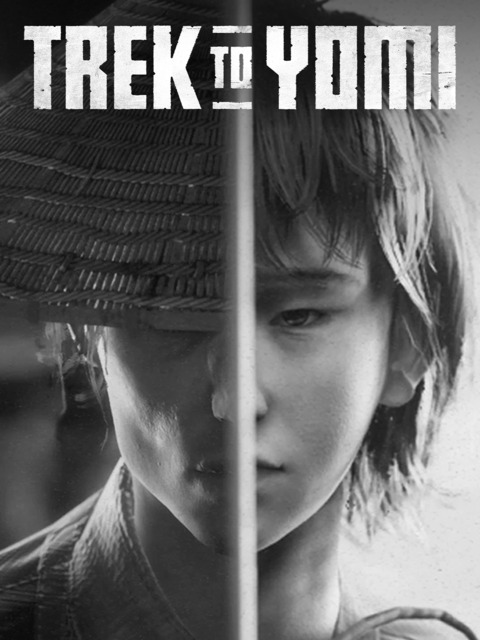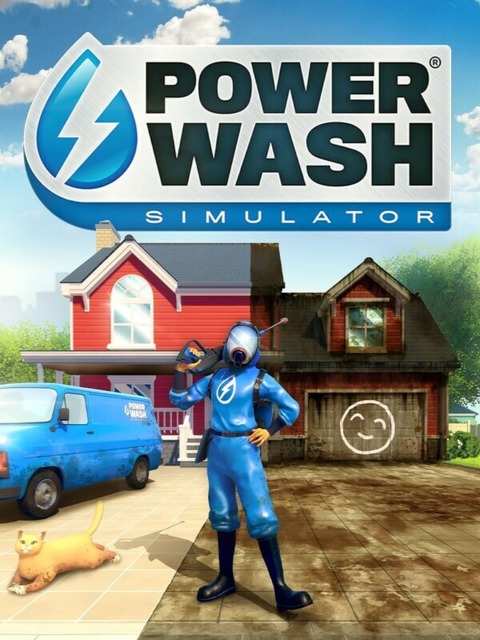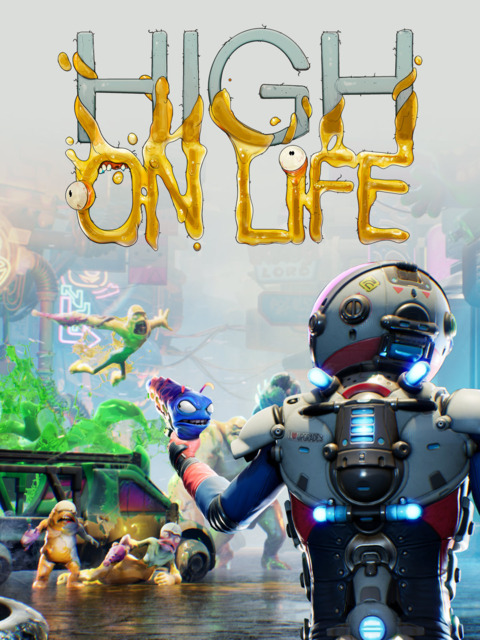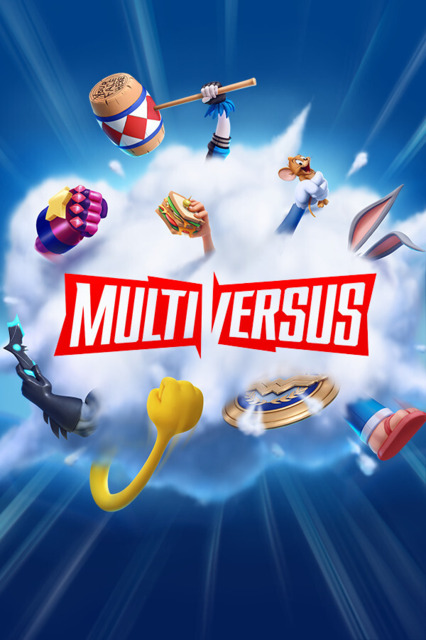Working on an essay about this one which I'll eventually put on Medium, but in the meantime, my basic thoughts about Citizen Sleeper are that it has a truly amazing premise and good foundational structure, but that it's too afraid of creating friction between the player and the narrative to actually cohere into meaningful social commentary.
The basic problem I had with it is that A. you can't actually get too sick to work without the medication the game makes you get, B. that the game's depiction of freelance labor is in a couple very specific respects actually preferable to the capitalist system its criticizing, and C. that it creates way too much distance between the world and the player character to really, truly work as an RPG visual novel; it's not especially visual.
I’m guessing most players had a different experience than me, as all of the write-ups about this game mention experiencing palpable stress at having to juggle the game’s various timers and mandatory tasks. I did not experience stress. Without much thought or extra effort, I somehow ended the game with a surplus of resources, to the extent that I acquired all of the game’s purchasable apartments and performed all of the game’s jobs just for the hell of it. I always had the medication I needed, I always received end-of-day bonuses from my bosses at my half-dozen jobs, and I was even able to earn enough money along the way to cobble together some savings.
Citizen Sleeper’s structure undermines its themes. At each job you can acquire, bosses either give you bonus pay or less pay dependent on how good of a job you do during a shift. The risk/reward feels meaningful in a gameplay sense, in that it gives you something else to think about when choosing how to spend your time, but it removes meaning in a narrative sense, because it means your bosses quite literally reward you commensurate with your skill. You can even load the dice your given in your favor pretty easily so you’re always getting that ‘good job’ bonus.
More importantly, that’s not how labor actually works in capitalism, right? A meritocracy, in which skill always and consistently meets relatively higher pay, does not exist. Even diehard capitalists understand that hard work doesn’t guarantee you a promotion in the workplace. Citizen Sleeper is explicitly an anti-capitalist game, which nevertheless creates a gameplay system which reifies and actualizes a kind of hardscrabble, libertarian meritocracy. It feels like a weird (and honestly kind of major?) point of friction within the game’s text, because if you can succeed or even thrive within that meritocracy, especially without any material consequences of your being overworked, it would seem to validate that system more than it criticizes it.
In Citizen Sleeper’s hubworld, the concerns of capitalism are alive and well, but the circumstances typically produced by capitalism are only partially present. You don’t really have to pay rent most of the time, you never get evicted from the budlings you can illegally (legally?) squat in, the police don’t exist in the way real police do. This all makes the events of the game feel weightless – inconsequential.
From a player perspective, the major concern in Citizen Sleeper is the imminent failure of your body, but given the variety of jobs available to you, along with the total lack of gatekeeping from those jobs, it’s a problem that can always be put off until tomorrow. Further, you *cannot die* in this game. You can only lose some (but never all) of your daily allotment of dice rolls. So long as you have dice rolls, you can always earn more money, because job opportunities never dry up. Attaching the consequences of ‘planned obsolescence’ to a human body is existentially horrifying, but that concept can only go so far if you never see the consequences of it.
The core of the problem, really, is that Citizen Sleeper’s system of labor is bizarre and totally unlike the real world, and that makes it only partially successful at delivering social commentary. In the real world, *all* elements of the workplace are compulsory. There is no ‘show up when you want, how you want’ to it. Even app workers don’t get to decide to go pick mushrooms one day and repair spaceships on another. In Citizen Sleeper, you can always work or not work, at several jobs which you will always be welcome to do regardless of your past experience or your past performance, totally free of contracts, start times, mandatory two-week delays in pay, and all the other awful practices the contemporary worker must endure. Taken alongside the game’s potential to award you for your superiority in the workplace, the political commentary here is baffling to me.
I don’t really know what to do with all that! I genuinely do not see the outcomes the Citizen Sleeper’s text tells me are being produced actually being produced by the Citizen Sleeper’s systems. By the end of the game, you can join a commune, which feels pretty radical, sure, but the labor you perform for the commune produces no material change in the world – none that the player can observe, at least – and the labor you perform for basically any of the major job providers actually gets you to a stable independent income. I can measure success in a material, verifiable way when I play as a capitalist, but when I play as a socialist or a communist the outcomes of my choices are completely obscured.
